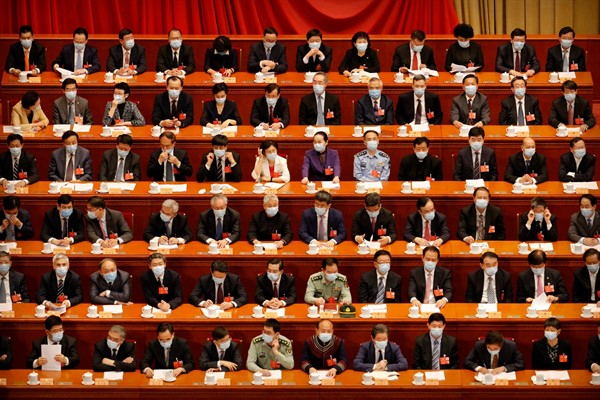Following shutdowns of factories and lockdowns due to COVID-19, China’s economy shrank by 6.8 percent in the first three months of this year compared to 2019—its first economic contraction on record since 1976. But in the months since then, China seems to have bucked the trend of pandemic slumps hitting other countries, as it posted 4.9 percent year-on-year growth in the third quarter, according to data released Monday by the National Bureau of Statistics.
China’s speedy economic recovery has been built on the back of stringent virus control measures, which included mass testing and tracing, strict lockdowns, and quarantines for people with even mild cases of COVID-19. There are still many restrictions on inbound travelers, as only Chinese nationals and narrow groups of foreign nationals are permitted to travel to China, with a two-week mandatory quarantine in a hotel. China is the first major economy to see economic growth that has outpaced pre-pandemic levels.
Even so, a rethink is underway in China over how its economy is structured. Part of this, as the National Bureau of Statistics report this week states, is because the “international environment is still complicated and severe.” A new phrase has become prominent among Chinese policymakers: “dual circulation,” described as “a new development pattern in which domestic and foreign markets boost each other, with the domestic market as the mainstay.” As the name implies, it involves two “circles,” domestic and international. The idea is to insulate the country from the global economic downturn, including supply chain disruptions, and from rising economic nationalism, by spurring on demand domestically and building up China’s self-reliance. China doesn’t want to close off foreign investment, but instead develop better conditions for it so that it supports more domestic growth.

